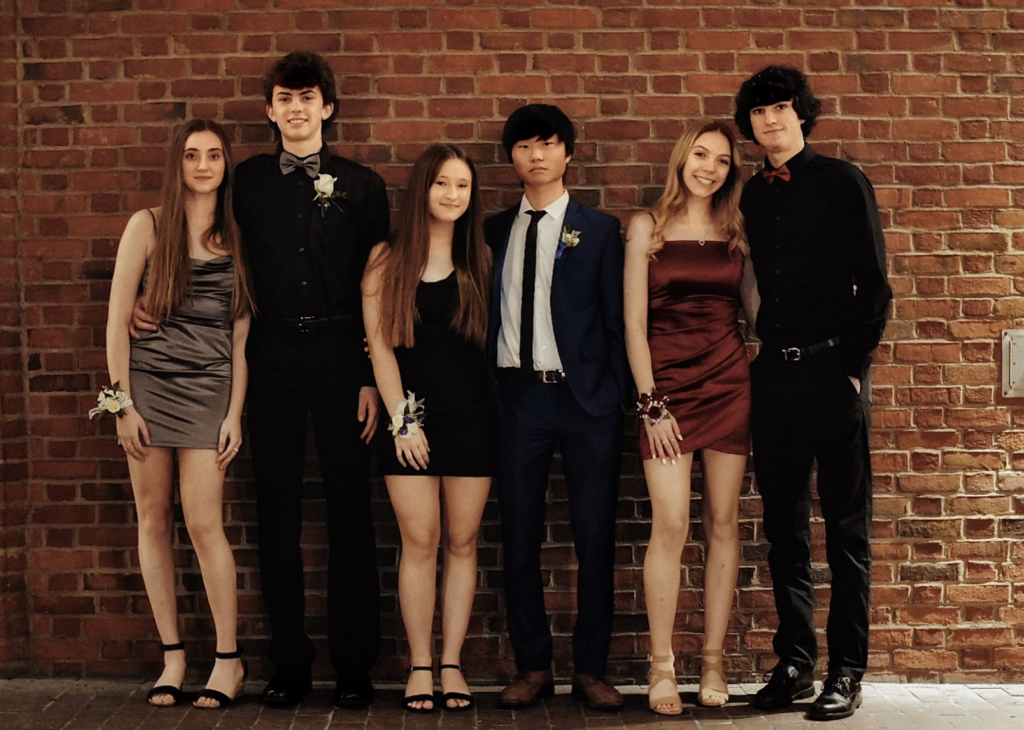When you plan on shooting portraits, which lens do you reach for first? 85mm? Perhaps 90mm or 135mm or a long zoom? Those are all great choices, you can’t go wrong with any of them. But what happens when you want to break out of the mold?
The last time we discussed taking an unconventional approach to a particular type of photography, it was about using a telephoto lens rather than a wide angle lens for landscape work. This time we will talk about reversing things and using a wide angle lens instead of a telephoto lens for portraiture.
Why Use a Wide Angle Lens for Portraits
The short answer: because it’s different. It is true that using a wide angle lens (anything wider than 35mm for the sake of this discussion) will distort facial features. In fact, any part of a subject that is closest to a wide angle lens will appear larger than it actually is. And when we recall the compression effect associated with a telephoto lens, it’s immediately understandable why one would prefer a wide lens for landscapes and a long lens for portraits. But using a wide lens for portraits can imbue a unique dynamism that simple isn’t attainable otherwise. This is due not only to inherent perspective distortion, but the wider field of view also allows you to incorporate the environment and use it as a way to deepen the story you are telling about your subject.
When to Use a Wide Angle Lens for Portraits
You can use a wide angle lens whenever you’re in the mood to see something different in a portrait. Of course, if you’re doing client work your subject may not be into this look and you will have to stick to a more traditional script (though you could offer to shoot a couple of wide angle portraits just for the fun of it). On the other hand, you might master this style of portrait and use it almost exclusively; when clients come to you they will already know what they’re getting into
How to Use a Wide Angle Lens for Portraits
Now that you are aware of the basic fact that there will be optical peculiarities associated with shooting wide angle portraits, it will be helpful to know how to use those quirks and features to craft unique, visually striking portraits.
- Choose a clearly defined subject. Wide angle lenses can be a bit overwhelming to work with at first; their very nature makes it easy to make “empty” images, as they consume so much of a scene that, if not properly composed, it all feels disorienting because there’s no visual anchor. Be sure your subject is the focal point, not just a random element in the scene.
- Get close, but not too close. Of course, this really depends on how much of an air of “seriousness” you’re going for. Remember that anything close to the lens will appear larger. It’s possible to use visual exaggeration to convey emphasis (this works particularly well with the hands) and it’s also possible to use visual exaggeration that comes off as comical (a nose too close to the lens, perhaps).
- Choose a location that complements your subject. Portraits are always more captivating when the environment adds something meaningful and enhances the viewer’s perception of the subject. For best results, photograph your subject in the space to which they feel most connected.
- If you want to bypass the distortion game, step back a few feet and shoot full-length portraits.

Final Thoughts
Wide angle portraiture may or may not find a permanent place in your repertoire; no matter how frequently — or infrequently — you choose this method, it’s good to have it available in your skill set if for no other reason than to inject a dose of fun into your portrait work. Taking a different approach to a familiar activity is always a great way to boost your creative process. So give it a shot, you’ve got nothing to lose.





